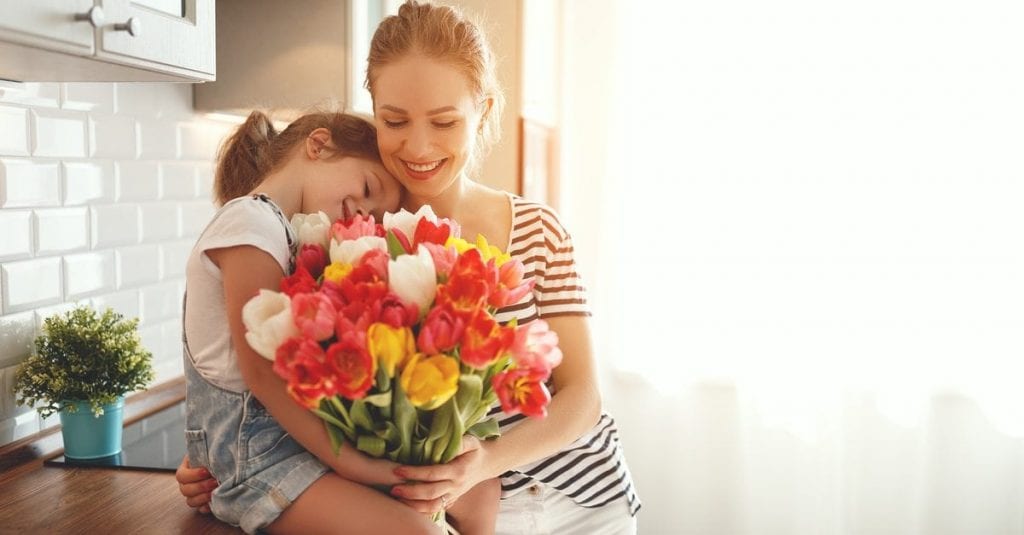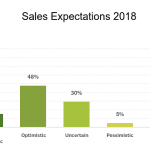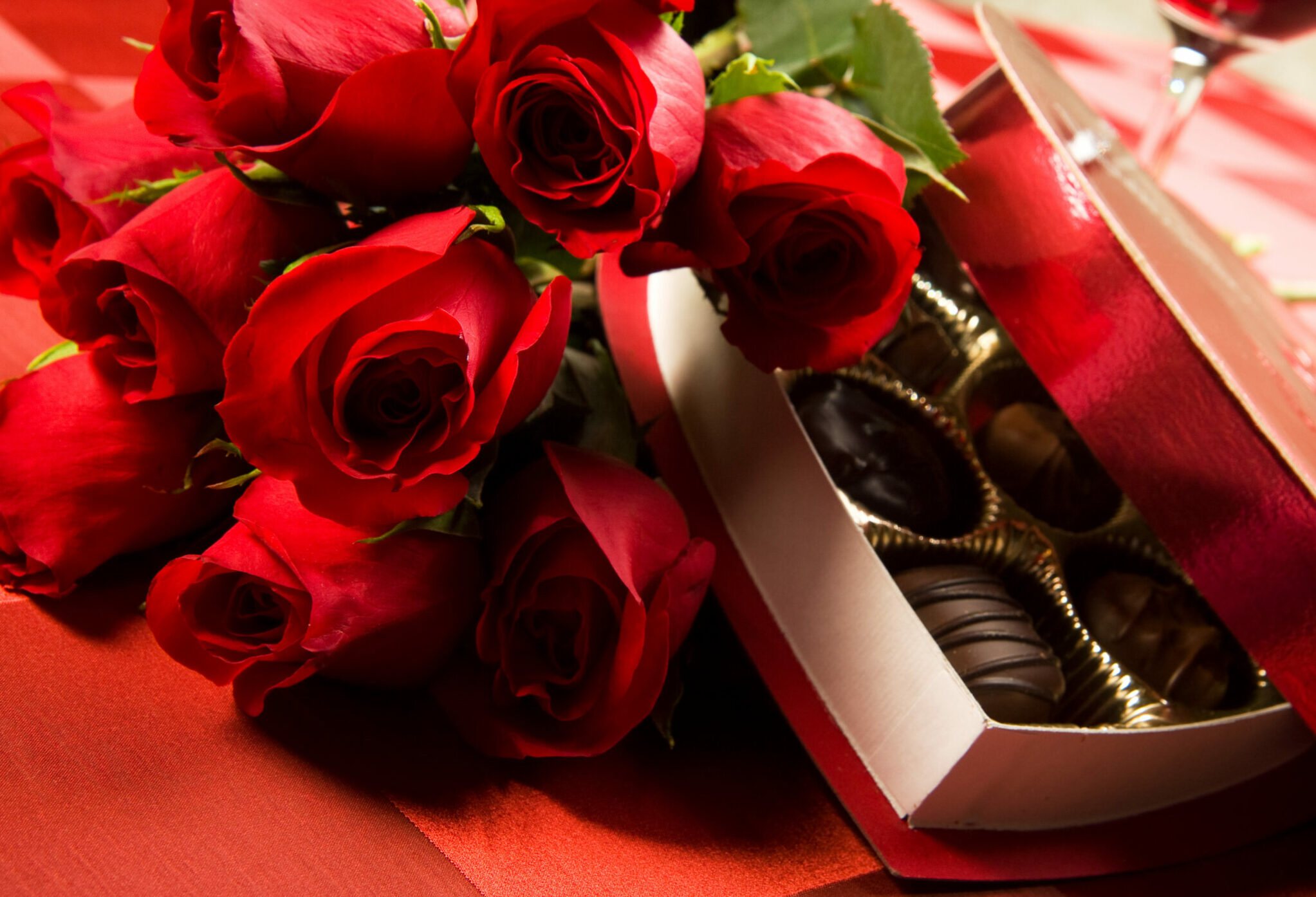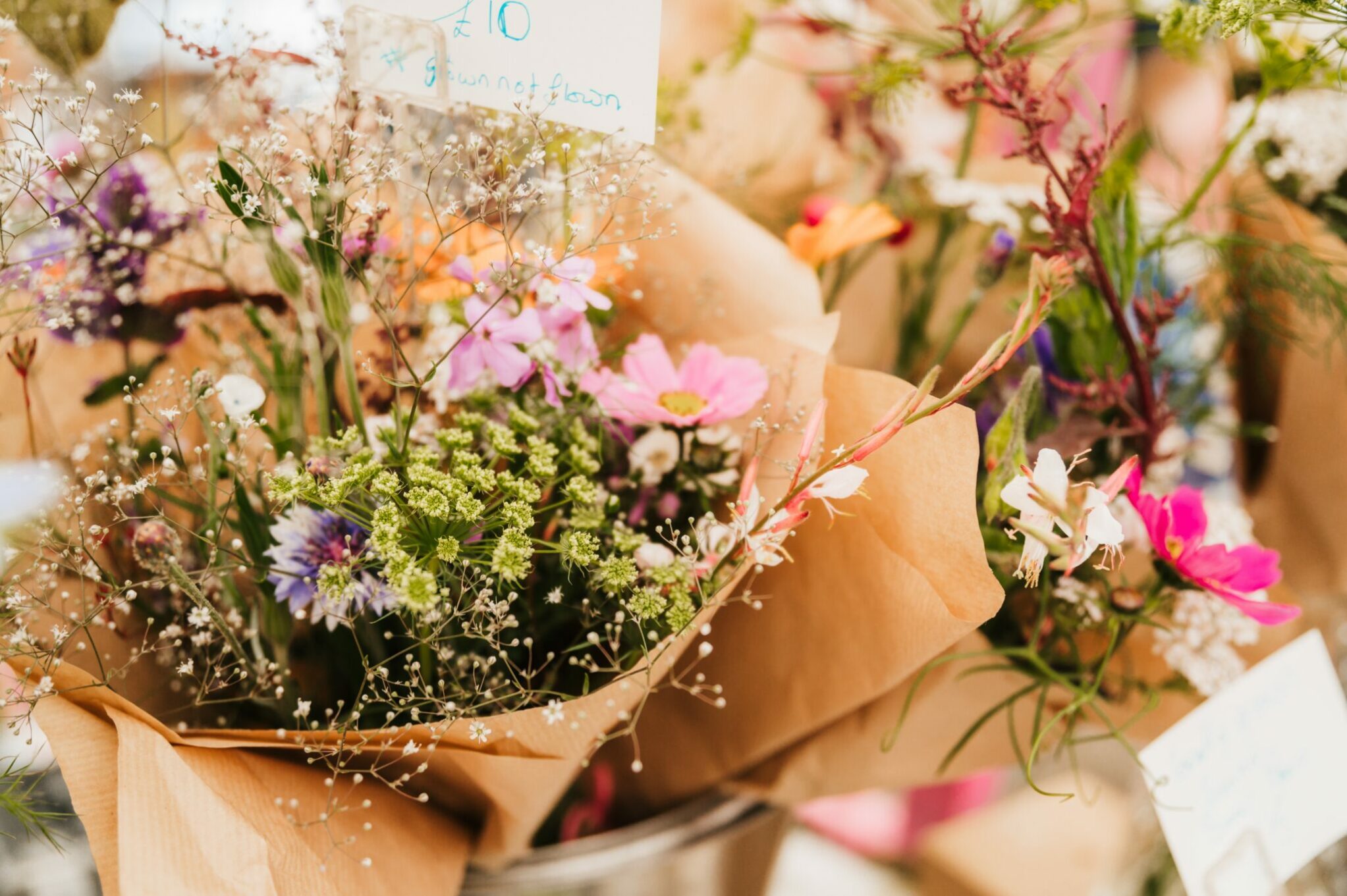
Young adults, households with kids and residents of the American West proved to be key flower-buying groups for Mother’s Day 2018, according to an Ipsos consumer poll conducted this month on behalf of the Society of American Florists.
The poll, which surveyed roughly 1,048 adults age 18 and older from the continental U.S., Alaska and Hawaii, found that one in three American adults bought cut flowers or plants as gifts for Mother’s Day this year — a percentage that’s in line with 2017 (35 percent) and 2015 (35 percent). (SAF did not commission a survey in 2016.)
The poll also found that, compared to last year, consumers appear to have spent less on holiday flowers and plants and that fewer consumers shopped at retail flower shops and garden centers, while supermarkets’ share of the holiday market increased.
Sales and Buying Trends
The median amount spent on Mother’s Day flowers this year was $35, down from $40 in 2017, but higher than 2015’s $30. The average spent was $51.80, compared to $59.30 in 2017 and $50.10 in 2015.
In addition, about 21 percent purchased their Mother’s Day floral gifts this year from a local retail florist shop, a drop from 26 percent in 2017, but higher than 17 percent in 2015. Twenty percent purchased from a garden center, greenhouse, or nursery this year, compared to 23 percent last year. Meanwhile, supermarkets and grocery stores continue to be the leading outlet for purchasing Mother’s Day floral gifts, used by nearly half of Americans who purchased flowers (48 percent), up from 42 percent in 2017.
Some florists may not be surprised with this drop in average spending. In SAF’s survey of its members about Mother’s Day, responses so far generally point to a strong holiday, but several respondents commented on competition from order-gatherers and the challenge of filling low orders. One florist in Massachusetts noted that, even though the holiday was very good, pushing customers to spend more required training and proactive policies and procedures.
“I expected a 25 percent increase in holiday sales versus last year ended up with a 37 percent increase,” he wrote. “I attribute this to the strongest economy in years, my designers being proactive in suggesting higher price points, and that we adopted standard range pricing that included charm pricing at $39.95, $49.95, and $59.95 and round pricing at $75 and $100 to show a more premium arrangement. We’re in a very middle class area, so the $100 wasn’t as popular as I had hoped but many went for the $75 price point. The most popular price points were, as expected, $49.95 and $59.95.”
Look for more coverage of the SAF member survey in next week’s issue, along with analysis on possible sales trends. (SAF members can still respond to that survey. For assistance, email Sheila Santiago, ssantiago@safnow.org.)
Other highlights from the Ipsos consumer poll:
Demographic Breakdown. Adults age 35 or younger were more likely to buy flowers for Mother’s Day (40 percent) than their counterparts in the 35- to 54-year-old range (33 percent) or those age 55 or older (27 percent). Higher income ($50,000-plus) and households (39 percent) were more likely to have bought fresh flowers for Mother’s Day than those with a household income under $50,000 (25 percent).
Fresh Flower Faves. A large majority of the floral gifts purchased for Mother’s Day were cut flowers (83 percent). Other popular floral gifts include outdoor bedding, garden, or container plants (43 percent) and flowering household plants (40 percent).
Go West. Americans from in the West (96 percent) were significantly more likely to purchase fresh flowers for Mother’s Day compared to those in the Northeast (80 percent), Midwest (70 percent), or South (85 percent). Meanwhile, those in the Northeast (54 percent) and Midwest (52 percent), and South (43 percent) were more likely to purchase outdoor bedding, garden, or container plants than those in the West (24 percent).
Recipient Love. Two in three Americans who purchased flowers for Mother’s Day in 2018 purchased flowers for their mother (64 percent) and one in four purchased the flowers for their spouse (28 percent).
Kids Count. Perhaps not surprisingly, households with children were more likely to have bought flowers for Mother’s Day than those without children (42 percent and 30 percent respectively).






